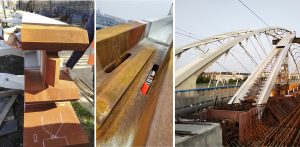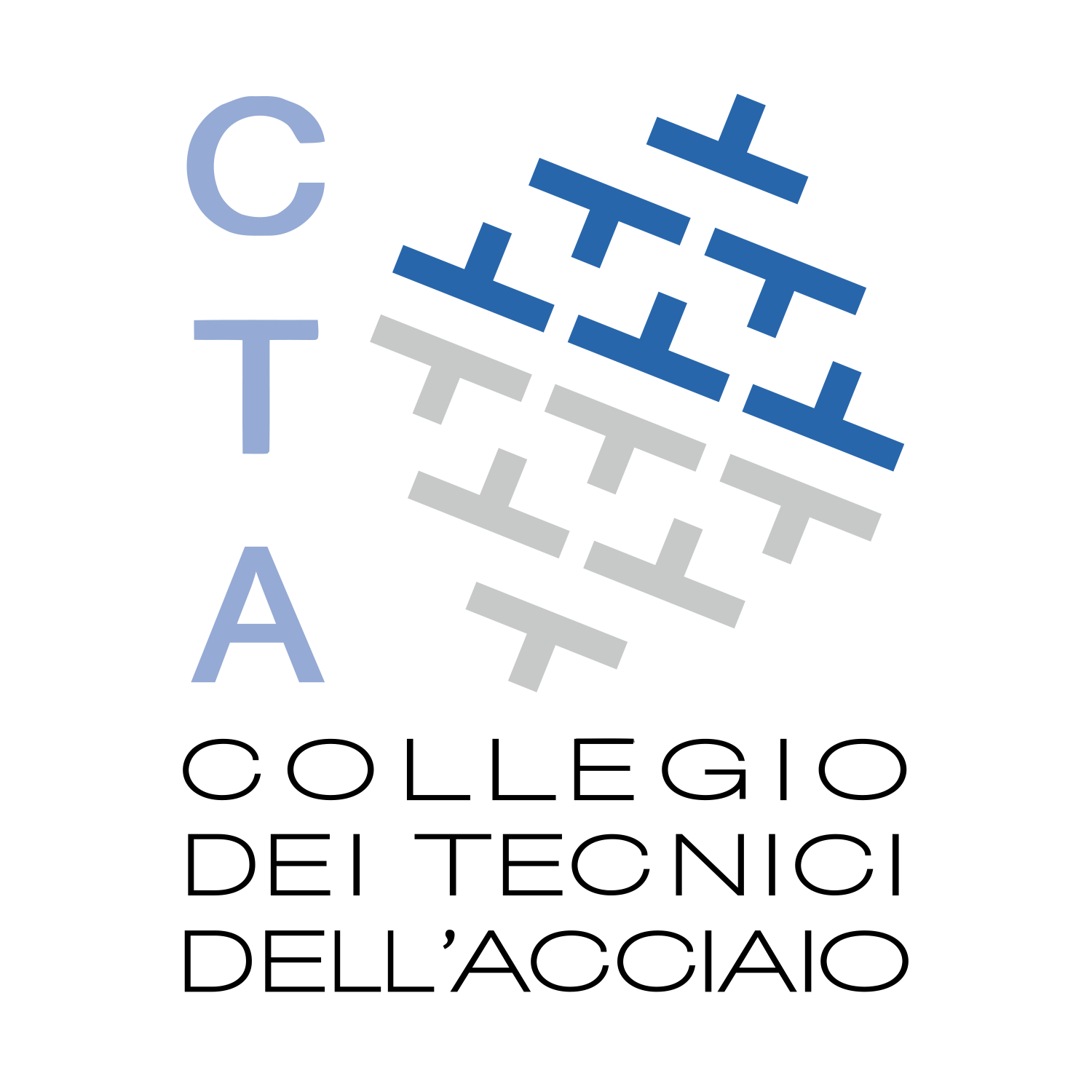Radoslaw Sęk(1), Boguslaw Pilujski(2), Dariusz Sobala(2), Wojciech Lorenc(3), Maciej Kożuch(3), Wojciech Ochojski(4), Riccardo Zanon(4)
(1) RS Projekt,Poland | (2) Strabag Sp. z o.o.,Poland | (3) Wrocław University of Science and Technology, Faculty of Civil Engineering, Wrocław, Poland, | (4) ArcelorMittal Steligence Poland & Luxembourg
L’articolo tratta della ricostruzione del ponte ferroviario sulla Vistola a Cracovia in Polonia. Il ponte esistente era una ricostruzione dell’impalcato distrutto durante la seconda Guerra mondiale riutilizzando le fondazioni ottocentesche del ponte iniziale. La struttura ristabiliva solo due delle tre linee di binari iniziali e non corrispondeva più alle esigenze di sicurezza e funzionalità legata all’estensione della rete ferroviaria polacca in direzione orientale. La demolizione dell’esistente e la sostituzione con un nuovo impalcato era diventata quindi necessaria. L’opera si inserisce nel centro storico di Cracovia, città storica della Polonia e fulcro culturale e turistico. Oltre all’efficienza strutturale il valore estetico era quindi rilevante. Nel quadro della gara Design & Build, la scelta di una serie di impalcati ad arco metallico sopra via in dialogo con altri ponti esistenti a valle e a monte ha raccolto il favore della commissione. La soluzione progettuale ritenuta é stata proposta dalla società STRABAG che si é avvalsa di consulenze progettuali, academiche ed industriali. La forma strutturale é quella dell’arco a spinta eliminata bowstring con campate variabili da 49 a 116 m per la campata centrale. Questo articolo si concentrerà sulla descrizione dell’impalcato ed in particolare delle specificità relative alla carpenteria metallica. Questo articolo é un’estratto delle presentazioni tenute discusso al XXVIII Congresso di Francavilla al Mare a Settembre 2022. Il CTA ringrazia gli autori polacchi per la loro partecipazione in presenza al Congresso che ha permesso di condividere esperienze europee nel campo della costruzione metallica.

Introduction and historical background
Krakow is the second largest city of Poland and historical barycenter of Galicia, a region of strategic importance amongst Silesia, Prussia, Bohemia, Central Poland and Eastern Ukraine. The railway network in the region was amongst the first to be developed in continental Europe in the 19th century. Silesia was until 1918 part of the Prussian Kingdom (later German empire) and important part of the Eastern German industrial heart. The upper Silesia railway was realized between Wroclaw and Myslowice on a distance of 196 km (104 new bridges) between 1841 and 1846. In those years this was a considerable realization: as a reference, the whole Italian network amounted in 1860 a total length of 127 km! Wroclaw was then connected to Frankfurt Oder and to the Prussian network up to Berlin in the same year. Krakow was by then part of the Austrian-Hungarian empire and its main train station (Krakow glowny) was built between 1844 and 1847 on the East side of the city center. On the West it was connected to Myslowice (Upper Silesia railway) in 1847 creating therefore with a direct line to Berlin. In 1848 it was connected northwards to the Warsaw – Vienna line (Warsaw was then part of the Russian empire). Krakow became therefore a major- strategic point on the first railway link amongst the three empires of Mitteleuropa. […]
Leggi l’articolo completo su Costruzioni Metalliche n. 4/2023.

